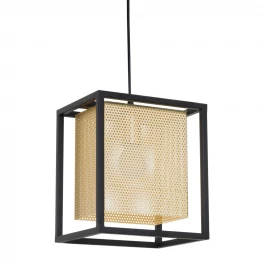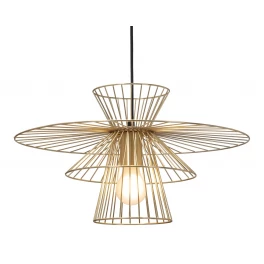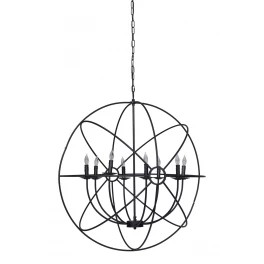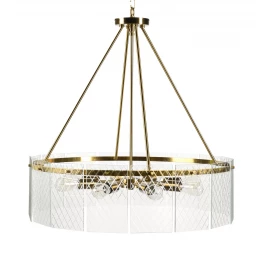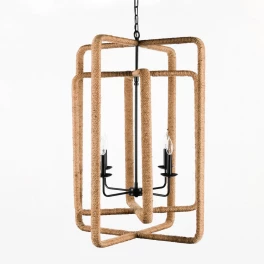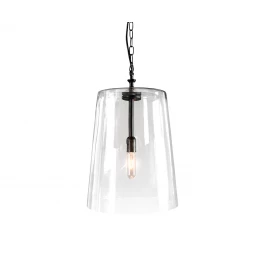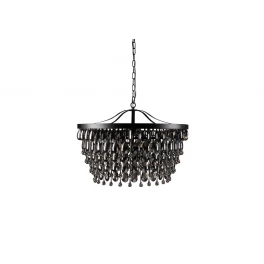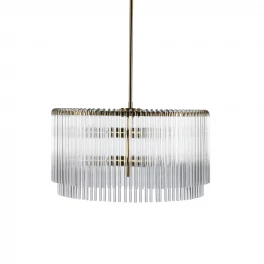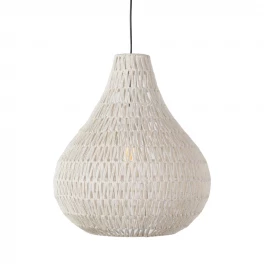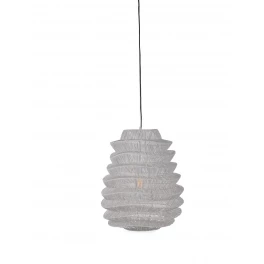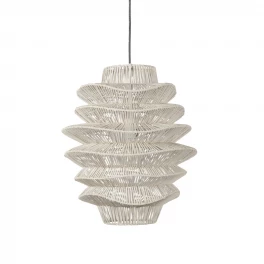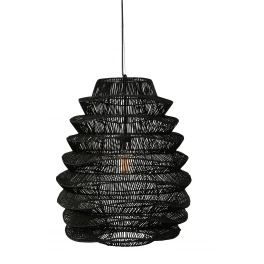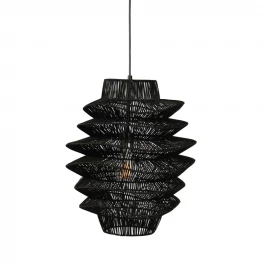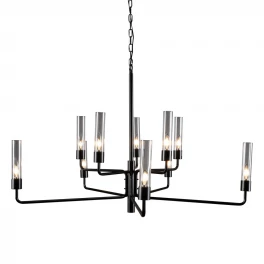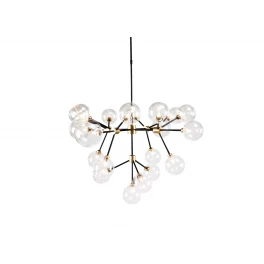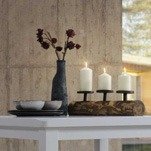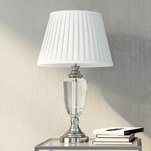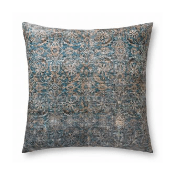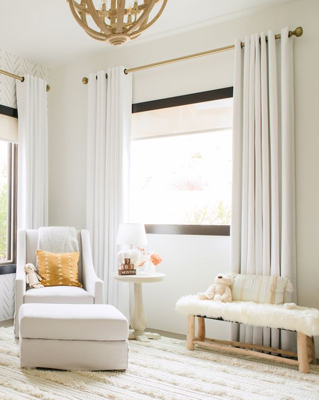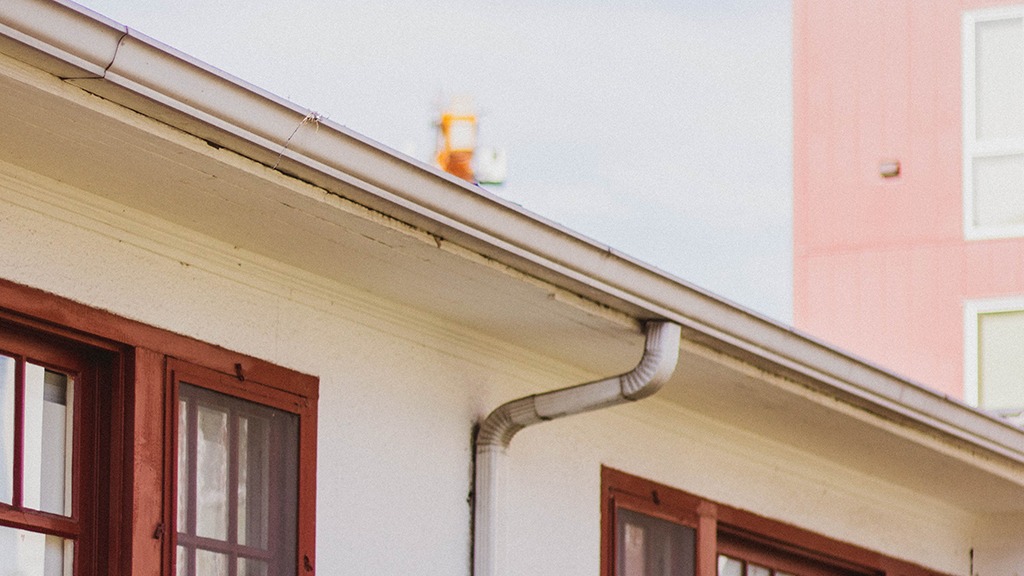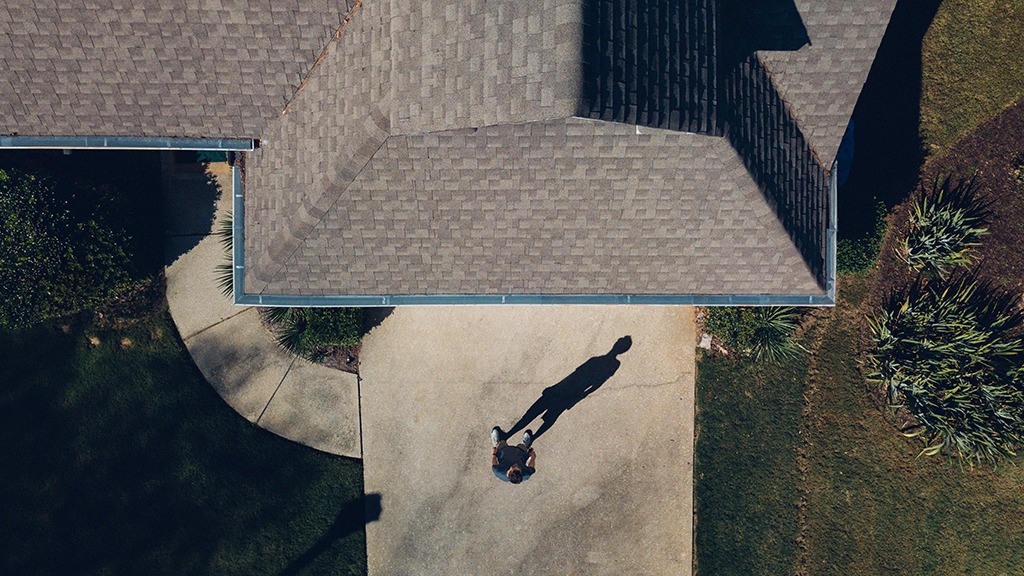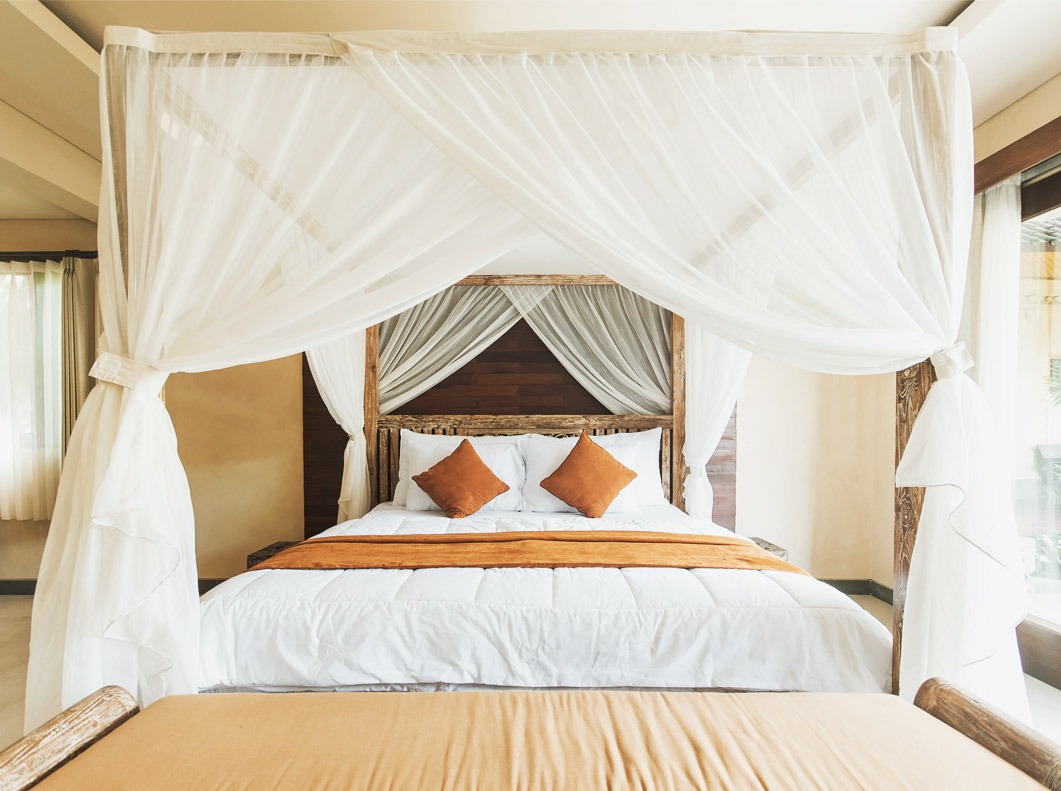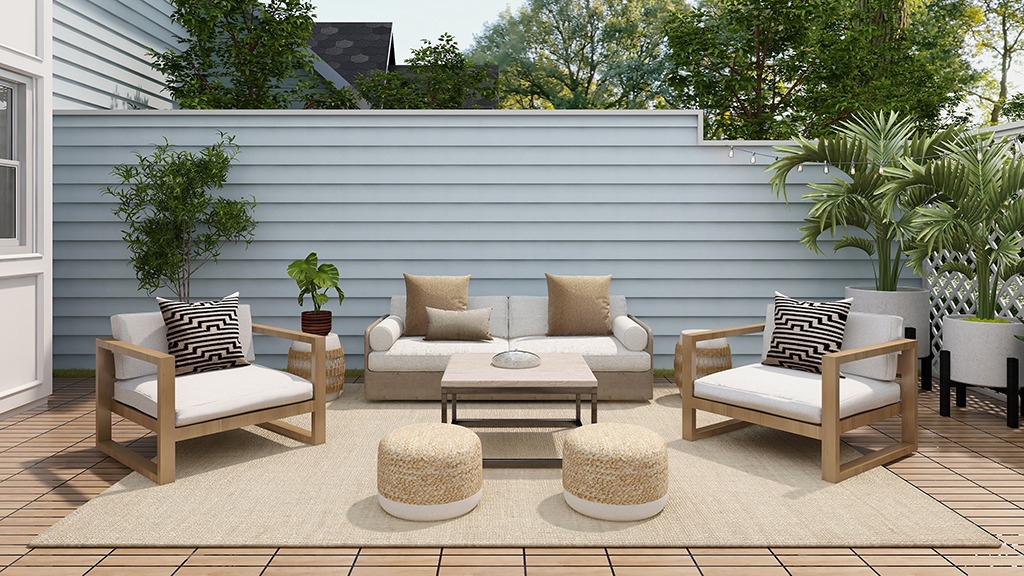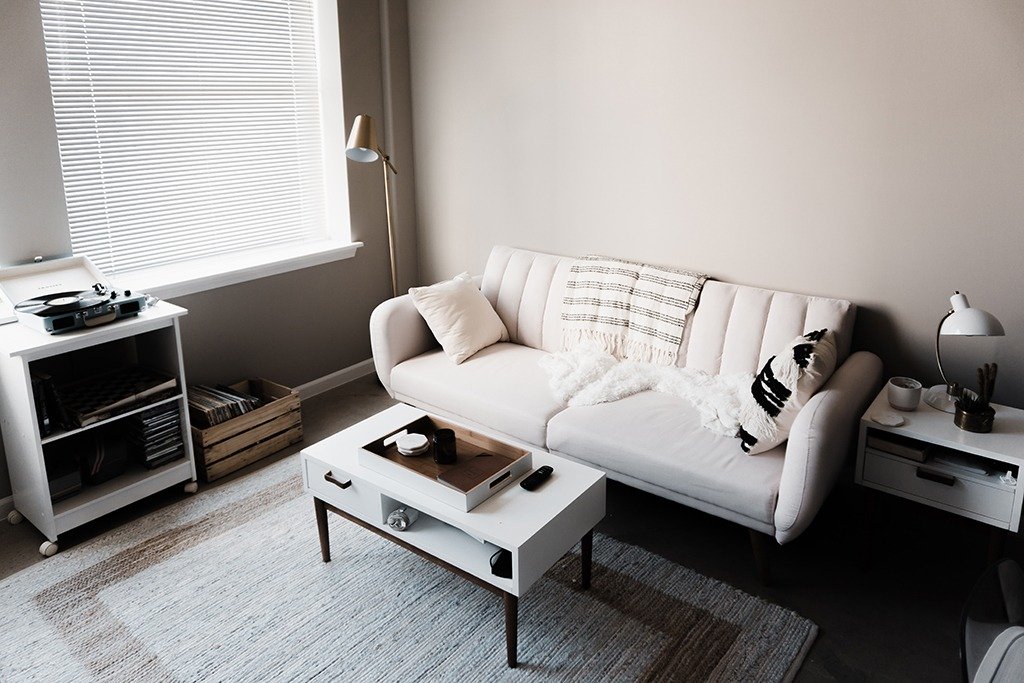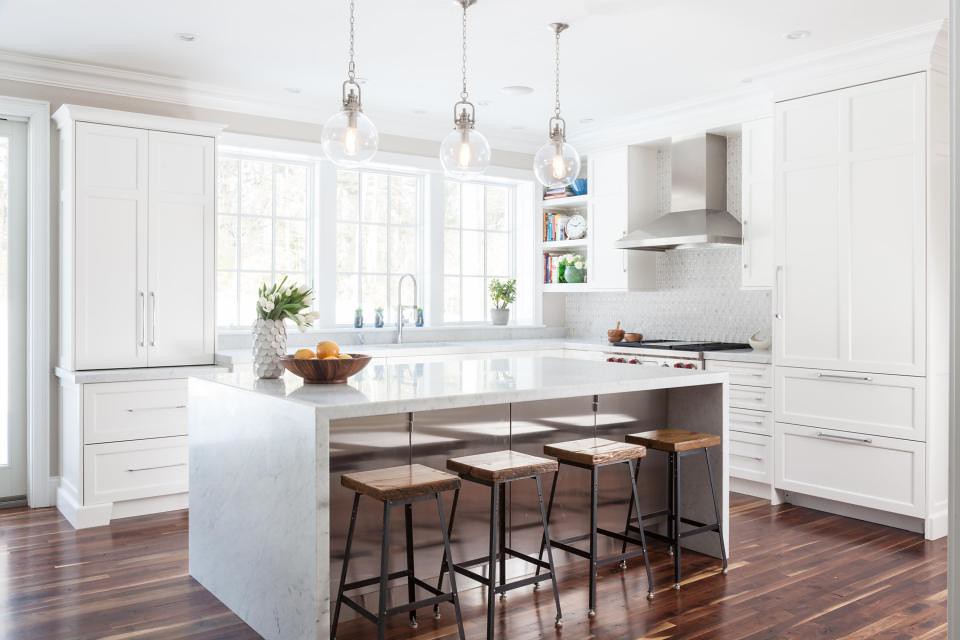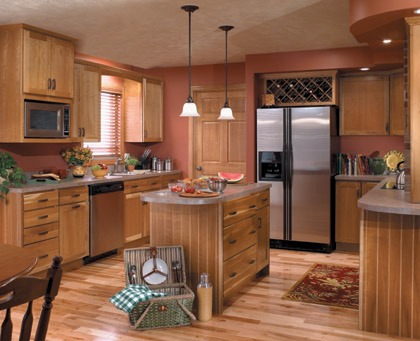Usually, only the most upscale homes exhibit strong architectural, colorful, and artistic interior design influences on their staircases. In "normal" homes, staircases are typically designed for function only, but grand stairways are common in mansions.

Photo by ShortPhotos on Shutterstock
In your typical home, stairways, though often lovely, come up short of their full interior décor potential.

Photo by Krystian Konopka on Shutterstock
If you’d like to have a stairway that does more than just get you from one level to another, here are ten techniques you can use to give your staircase something more elevated (heavy sigh for the pun) to do.
1. Color It
Stairs can play a powerful role in your overall color scheme and room styling. They can, for example, blend multiple hues to make a whimsical statement.

Photo by CapturePB on Shutterstock
They can also add a powerful punch of color to enliven a space.

Photo by MiVa on Shutterstock
2. Contrast It
Going further with colorizing, using dark/light contrast can turn a staircase into a focal point.

Photo by Robert Kneschke on Shutterstock
The stronger the interplay you have between lights and darks the more the eye will be drawn to the movement of the stairs.

Photo by Vadym Andrushchenko onShutterstock
See how the black and white stairs create an energy flow in the above space?
3. Cover It
The material you use to cover your stairs can amplify your design style. Tile, for example, brings in cultural design influences.

Photo by Emily March Photography on Shutterstock
Additionally, it can add sparkle and luster to your stairs.

Photo by Raw Group on Shutterstock
Carpet isn’t as favored for stairs now as it once was, but it’s still a useful stair covering if you have small children or dogs. Dogs especially slip easily on bare stairs.
You can add carpet on the center part of the stairs to create a more elegant look.

Photo by pics721 on Shutterstock
Or you can cover all the stairs but do it in a bold color that coordinates with your décor.

Photo by pics721 on Shutterstock
4. Functionalize It
Staircases can be real workhorses when you combine their structure with another purpose. You can, for instance, use them for shelving space.

Photo by archideaphoto on Shutterstock
You can tuck a work area beneath them.

Photo by jamezsomwong on Shutterstock
And you can build storage into them.

Photo by Bilanol on Shutterstock
5. Light It
Unless you like to wander around at night without flipping switches, stairway lighting isn’t a necessity. It can, however, add flair to a room’s design.

Photo by HamsterMan on Shutterstock
The lights on the above staircase are an integral part of the give-and-take between modern and traditional features in the room.
6. Open It
Staircases generally close up a space. Because a stairway is such a heavy aspect of the room, it can stop the organic flow of the interior design. But if you open up the stairs, light comes through to highlight a stairway’s geometric footprint.

Photo by Photographee.eu on Shutterstock
A staircase such as the one above creates a strong wow factor in an open space.
Open staircases are also good fits for minimalist designs.

Photo by Vadym Andrushchenko on Shutterstock
7. Rail It
Staircase railings traditionally have been the most creative aspect of stairs in homes. By choosing the right railing, you announce your design style. For this reason, your railing has to match the rest of your décor.

Photo by Vadim Ovchinnikov on Shutterstock
The intricate railing above works not only because of the elegant feel of the space but also because of its size. The fancier the railing, the larger area you need to show it off.
Tighter spaces need straighter lines in railing.

Photo by alexandre zveiger on Adobe Stock
If you want a strong modern feel and want a sense of vastness, try a plexiglass staircase enclosure.

Photo by Image Supply on Shutterstock
Heavy wood stair rails work well in homes with other strong wood elements. But they are best combined with light-colored walls.

Photo by Photographee.eu on Shutterstock
If you’re not up to the bold color choices shown in the first technique in this article, you can keep your stairway colors confined to the railings. Use the railings to interact with your wall colors, for example.
Or just play with gradient color.

Photo by Lois GoBe on Shutterstock
8. Sandwich It
Although similar to the Functionalize It technique, sandwiching your stairs gives them an extra job. But instead of function, the stairs become a sort of host to surrounding design elements.

Photo by Photographee.eu on Shutterstock
In the photo above, the stairs act kind of like peanut butter to the bread of the textured wall and the plant display.
The design element can also be combined with a function, but the focus of this technique is the textural teamwork between the surrounding design features.

Photo by AnnaTamila on Shutterstock
See how the wood stack pattern and the small shrubs frame the rustic stairs above? The TV mounting is just a bonus.
9. Spiral It
Spiral staircases are the most traditional way to make art with stairs.

Photo by Photographee.eu on Shutterstock
Perfect for confined spaces, these staircases are quite visually appealing. They aren’t, however, the most practical. Imagine trying to carry something large or heavy up the above stairs.
You can create a similar effect with a looser spiral signature.

Photo by pics721 on Shutterstock
And curling the railing down to the floor can seem to extend a spiral without over-wrapping the stairs themselves.

Photo by Photographee.eu on Shutterstock
The curves of spiral or nearly-spiral stairs can bring relief to a space filled with lines and edges, such as the one above.
10. Strip It
Taking the Open It technique a bit further, stripping stairs down to their most basic element (the steps themselves) is a look-at-me staircase style.

Photo by Photographee.eu onShutterstock
You can do this by simply removing railings, as above. Or you can go further and combine this stripped appearance with the open look as well.
Stripped-down stairs are modern and chic. They’re not, however, the best choice for families with small children!
The examples shown in these ten techniques are just a few of the myriad staircase designs you can create. Now that you know how the techniques affect your room design, you can climb into the staircase arena confident that you can create a staircase that will amp up your design style.

Photo by AnnaTamila on Shutterstock
Do you have any staircase design ideas? Please share them.




